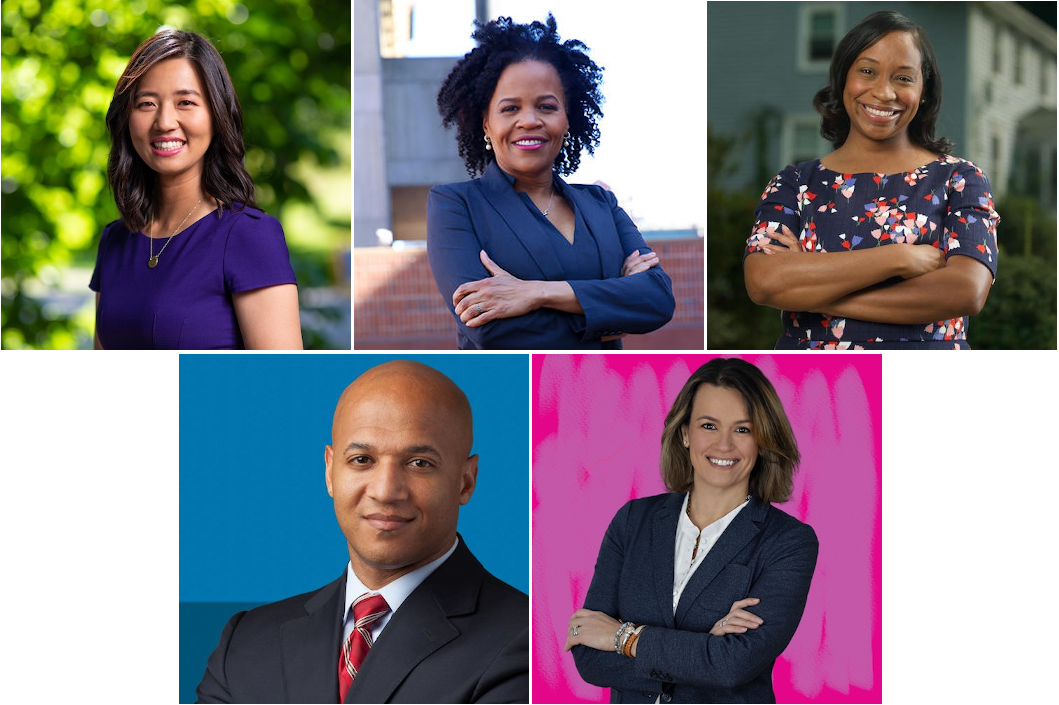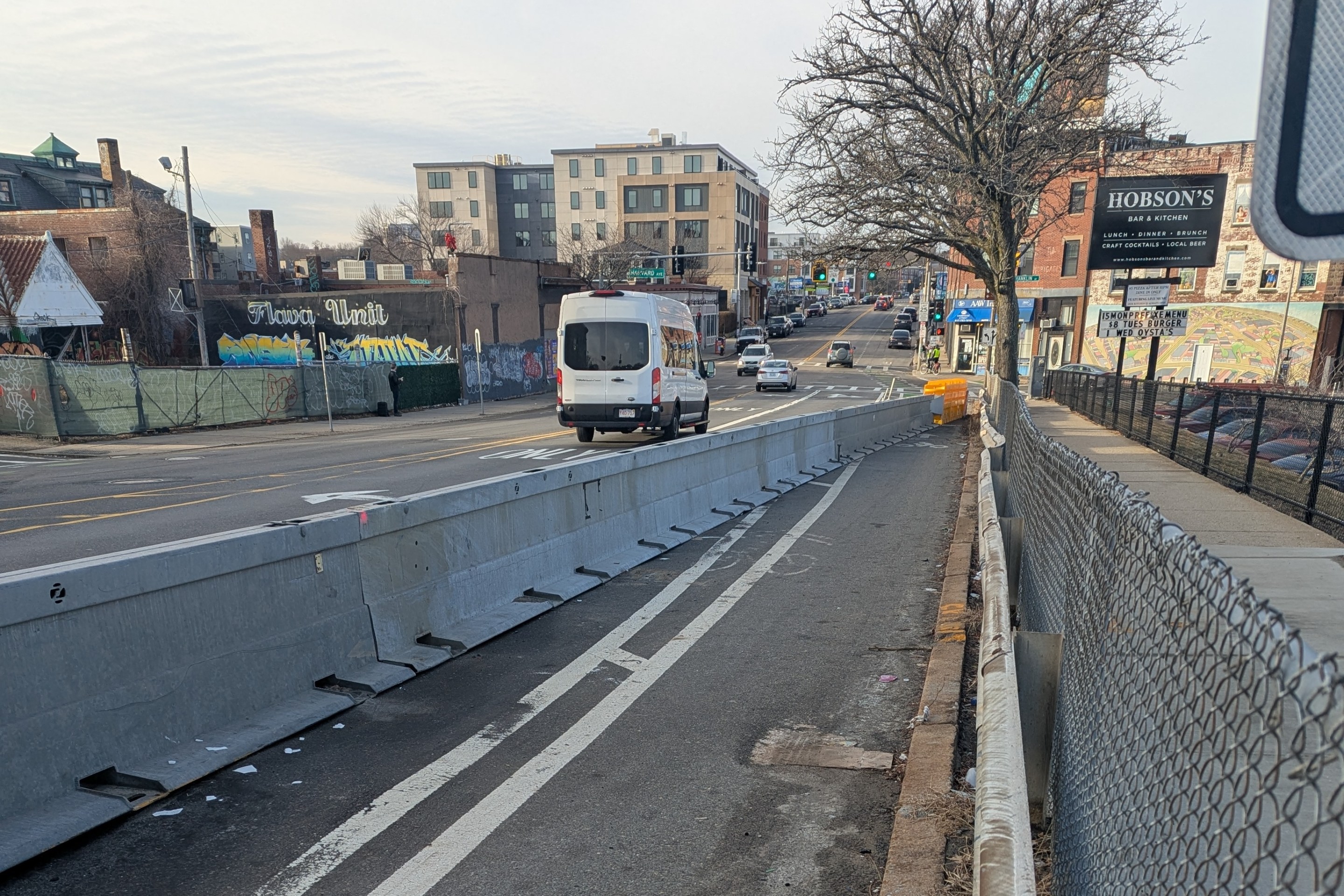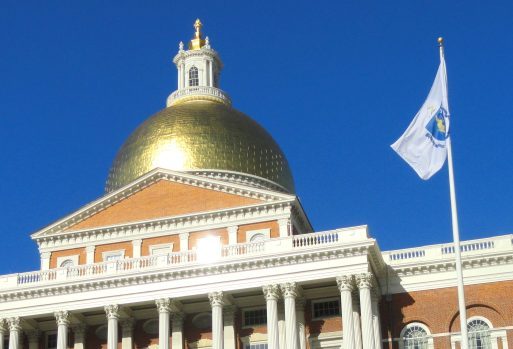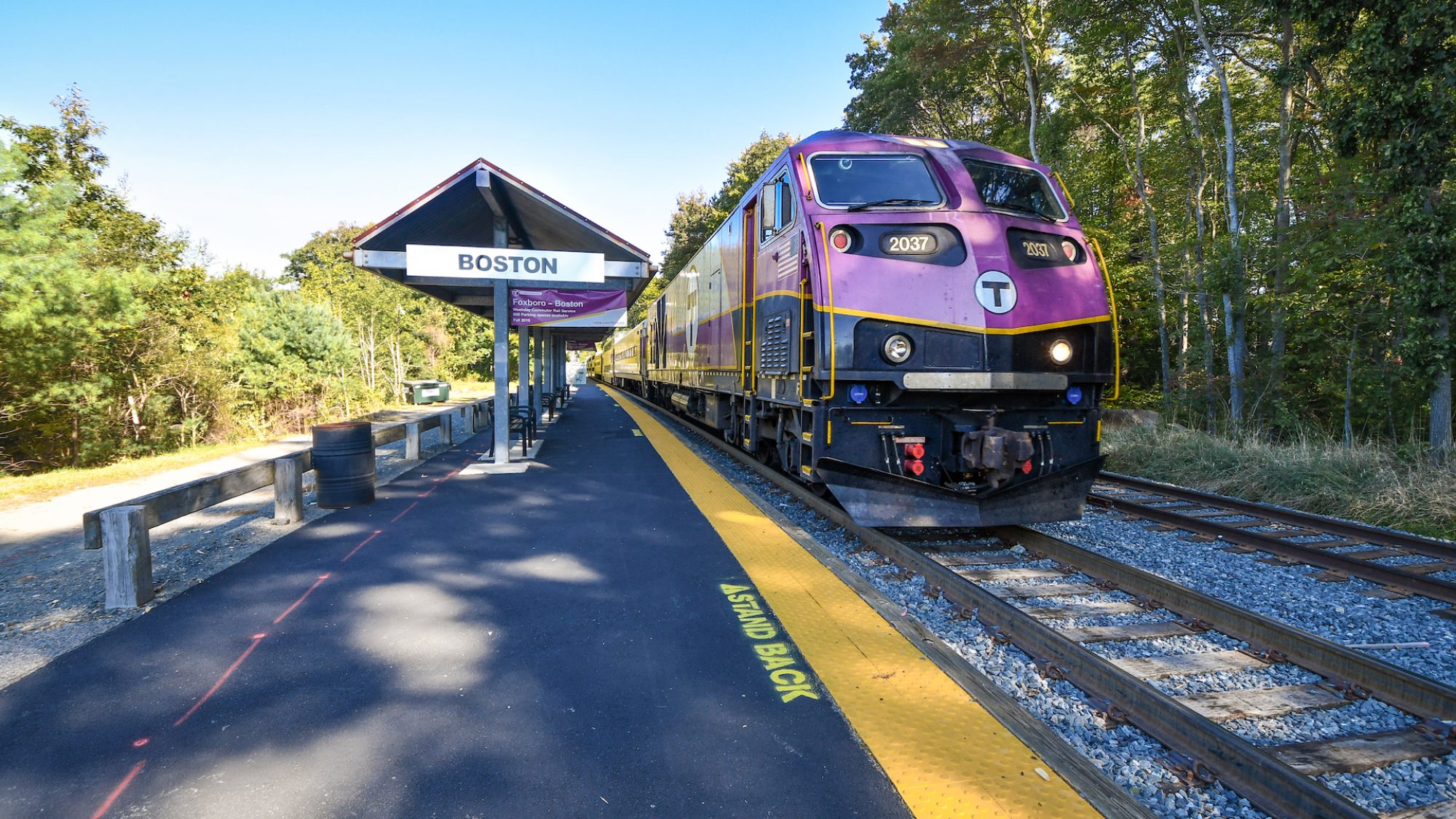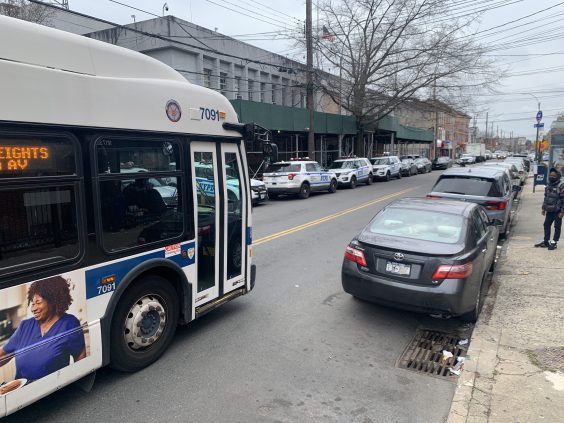Editor's note: After this story was published, Mayor Janey's campaign finally filed her responses to the Vision Zero questionnaire. Read them here.
Boston’s long-range transportation plan, Go Boston 2030, calls on the city to cut car traffic and tailpipe pollution by half within the next decade by creating more walkable neighborhoods, a comprehensive network of protected bike lanes, and faster, more reliable transit services.
Former Mayor Marty Walsh adopted the Go Boston 2030 plan in 2017 and made it a keystone of his climate policy. But progress has so far been slow, in part because Walsh frequently failed to stand behind the projects and policies that will be necessary for the city to meet those goals.
Mayor Walsh may have known that the 2030 deadline he’d set for the city’s climate goals would be far beyond his last term in office.
But Boston’s next Mayor will likely feel more heat – literally and politically – to demonstrate bolder leadership.
Earlier this summer, the Massachusetts Vision Zero Coalition sent out a questionnaire to the city’s mayoral candidates to gauge their support for safer streets, more effective transit services, and affordable housing.
The coalition received responses from five candidates, including John Barros, Richard Spagnuolo, City Councilor Andrea Campbell, City Councilor Michelle Wu, and City Councilor Annissa Essaibi George.
At the time of this story’s publication, the incumbent, acting Mayor Kim Janey, had not yet responded.
One week earlier, on August 3, a Janey campaign staffer told Streetsblog in an email that Janey is still working on her responses, and planned to submit them in the coming days.
Among the remaining respondents, all expressed strong support for Boston’s public transit systems, although Councilwoman Wu and Spagnuolo were the only candidates who said that they ride the Boston bus system with any regularity.
All of the candidates, except Spagnuolo, said that driving or riding in a car is their most common mode of transportation, though they all strongly support the City’s Go Boston 2030 goal, which aims to cut car trips in half by 2030.
Part of the reason that so many Boston commuters try to avoid the bus system is because of its slow speeds and unreliability. A 2017 study of the MBTA showed that currently, Boston buses are only reliable 65 to 70 percent of the time, and traffic makes it even worse. On an annual basis, Black bus riders in the city stand to lose 64 more hours in traffic than their White counterparts.
Barros, Councilor Wu, Councilor Essaibi George, and Councilor Campbell all said that they would accelerate the creation of bus-only lanes to improve bus speeds and reliability for as many riders as possible, and encourage more drivers to leave their cars at home.
“In order to accelerate bus service, I will increase the number of bus-only lanes throughout the city, including expanding infrastructure and resources for bus rapid transit,” said Barros. “I will prioritize communities of color to pilot bus rapid transit routes, because they currently have significantly longer commutes compared to more affluent neighborhoods.”
Councilor Wu cited her role in helping to bring one of Boston’s first bus-only lanes to Roslindale in 2018, and added that in addition to creating more dedicated bus lanes, fare-free buses would also speed up service.
“Fare-free service will boost ridership and also reduce delays, (as) passengers can board more quickly and through both front and back doors when fare collection is eliminated, reducing dwell time (at bus stops) and the harmful local pollutants that come with it.”
Though the candidates themselves may not be avid users of the bus system, all of them, with the exception of John Barros, said they would “strongly support” free buses and a low-income fare for other public transit options on the MBTA.
“I support fare-free service for low-income riders, while still collecting fares from riders with higher income who can pay for the service,” explained Barros. “Fares bring in $700 million of revenue per year that is needed to reinvest in our system, and we do not have an alternative funding mechanism in place yet.”
While creating new bus lanes and a connected network of safer bike routes is something all the candidates support in theory, in practice, such projects often run into stern opposition from politically well-connected neighbors who want to preserve the status quo.
Under the Walsh administration, the absence of strong political leadership from the Mayor’s office undermined safety initiatives like a proposed road diet in West Roxbury and a protected bike lane on Charles Street in Beacon Hill.
With those experiences in mind, the Coalition asked the candidates how they would “advance safety projects when there is active opposition to narrowing the roadway and removing parking?”
Barros, Campbell, and Wu agreed that the mayor’s office should be more proactive in advocating for safety projects and winning over skeptics.
Councilor Wu’s answer was the most forceful: “As Mayor, I will ensure that safety and Vision Zero is a baseline for transportation planning, with clear citywide policies to proactively implement traffic calming rather than wait for tragedies to happen,” said Wu. “Our policies and planning should follow principles of complete streets, removing any negotiations that would threaten safety from the community process.”
“We have work to do to educate residents that it will take every single one of us to prepare and mitigate the impacts of climate change, and create a safer Boston,” said Barros.
Councilor Campbell acknowledged that street redesigns can spur “fear of gentrification or displacement,” but added that “safe streets that include people who walk and bike over parking and vehicle travel lanes are also good for business, and an issue the community members can agree on.”
By contrast, Councilor Essaibi George did not offer to use the Mayor’s pulpit to advocate for street safety projects.
“We must balance infrastructure needs and road design with community desires,” said Essaibi George.
This year’s Vision Zero questionnaire also tackled questions of policing, one of the few issues that divides the candidates in a field that otherwise has few political or ideological differences.
The Vision Zero Coalition openly “supports the removal of direct policing from Vision Zero goals, citing issues of safety and equity and a lack of effectiveness in improving safety.”
When candidates were asked if they agree with the Vision Zero goal, Campbell and Wu were in support, while Spagnuolo and Essaibi George were in opposition, and Barros declined to answer.
“While I support increasing traffic calming measures, our City continues to experience dangerous traffic stops that require a police response,” said Essaibi George.
Campbell and Wu also expressed “strong” support for removing police officers from street construction projects and events, and adding red light cameras to reduce the risks of traffic stops, especially for people of color.
Barros and Essaibi George expressed only “partial” support for those measures.
While Boston’s next mayor will have several hurdles ahead to addressing climate change and safer streets, the remaining candidates largely stand united in their expressed support for safer streets and a more equitable transportation system.
“We must take the steps needed to create a transit system that cares for and protects people, regardless of the road type,” said Wu.
Claire Wallace is a graduate student studying in the School of Journalism at Northeastern University. She enjoys writing freelance pieces regarding politics, lifestyle, travel, and the environment.
